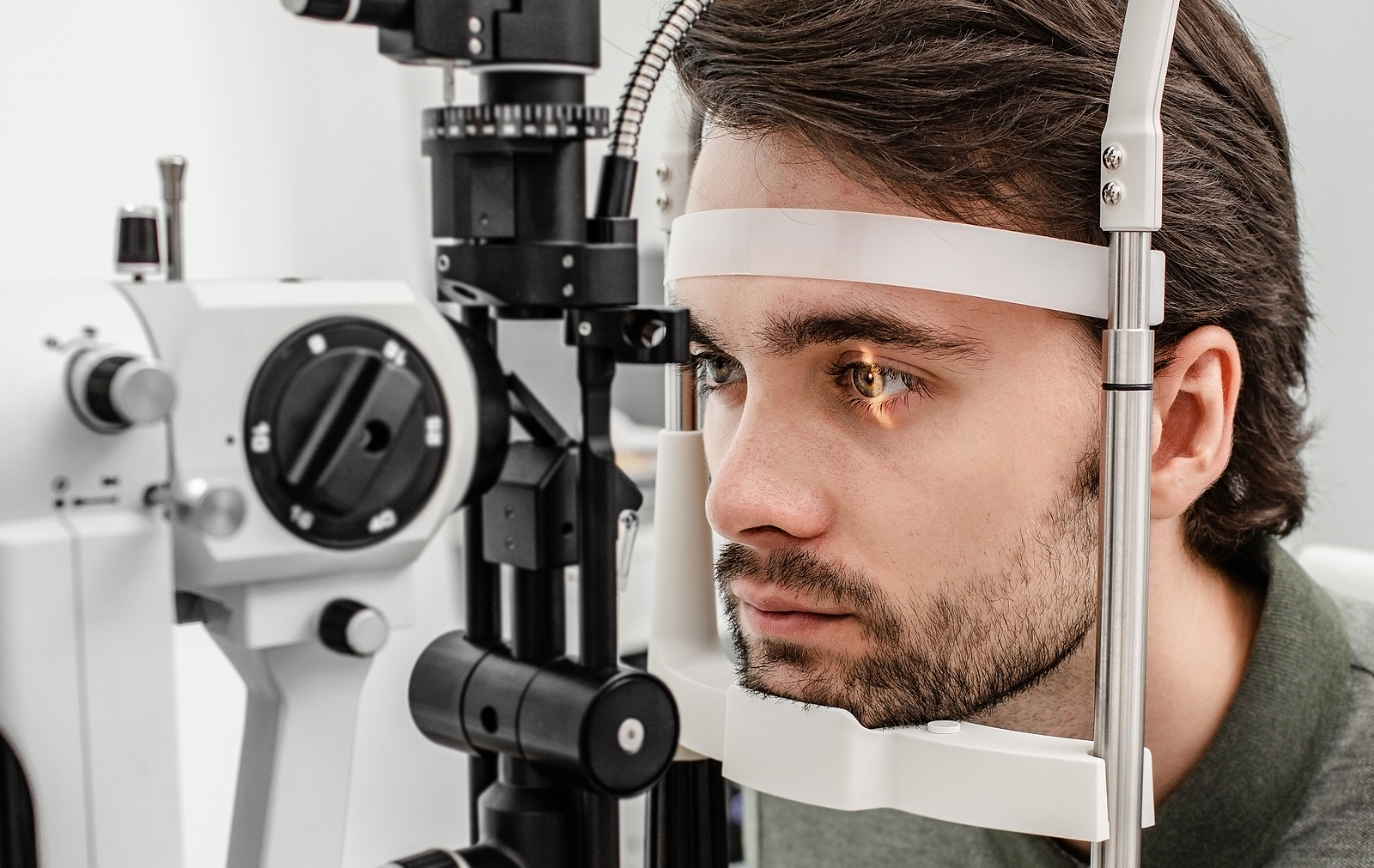What Is Presbyopia and How Is It Treated?

Presbyopia is an unfortunate side effect of aging, but it’s not untreatable. Here’s how you can counteract it.
Presbyopia is a common vision problem that makes it more difficult to see nearby objects as you age. Its effects usually surface sometime after the age of 40, regardless of whether you’ve had vision problems before.
Unlike nearsightedness (myopia) and farsightedness (hyperopia), which are caused by a defect in the shape of the cornea, presbyopia is caused by a gradual loss of flexibility in the lens, which makes it more difficult for the eye to focus on things that are close. Fortunately, presbyopia responds well to a wide range of treatments, from reading glasses to corrective surgery.
Symptoms of Presbyopia
Presbyopia shares many of the same symptoms as farsightedness, foremost among them an inability to see nearby objects clearly. Unlike patients with farsightedness, however, patients with presbyopia also struggle to read small print, forcing them to hold printed and digital text at a slight distance when reading. Other patients report eye strain and headaches when attempting to read.
Treatments for Presbyopia
Most people eventually suffer from presbyopia, especially patients who never previously had vision problems. Fortunately, there are a number of effective treatments available for this frustrating condition.
The most common treatment for presbyopia is bifocal glasses, which contain different lens sections to account for distance and near-vision. As a result, they offer users the benefits of reading glasses with less hassle. Other patients may benefit more from progressive lenses, which feature a multifocal progression of magnifications to help patients see over a greater variety of distances.
Some contacts are specifically designed to correct presbyopia. Multifocal contacts work much like progressive lenses, gradually increasing focus from the top of the lens to the bottom. Monovision contacts offer a different sort of solution: a distance lens in one eye and a near lens in the other. The lenses correct presbyopia by favoring different eyes for different distances, though users do sacrifice some depth perception.
For those who’d prefer to avoid glasses or contacts altogether, there are some emerging surgical solutions that can provide more permanent results. Monovision LASIK is the surgical equivalent of monovision contacts, improving distance vision in one eye and near vision in the other.
Refractive lens exchange (RLE) is similar to cataract removal, but in this case, surgeons replace the natural lens with an artificial one designed to improve near vision. NearVision CK is the least invasive option; this incisionless, radio-wave based technique of conductive keratoplasty alters the shape of the cornea to improve near vision in one eye.
If you’re experiencing the symptoms of presbyopia and are ready to take the next step, the experts at ICON Eyecare are ready to help. During your free consultation, we’re happy to discuss your condition, visual history, and goals and develop a course of treatment that ensures that your aging eyes don’t keep you from experiencing your best life. Call us today at 720-524-1001 or schedule an appointment online!
[DISPLAY_ULTIMATE_SOCIAL_ICONS]








